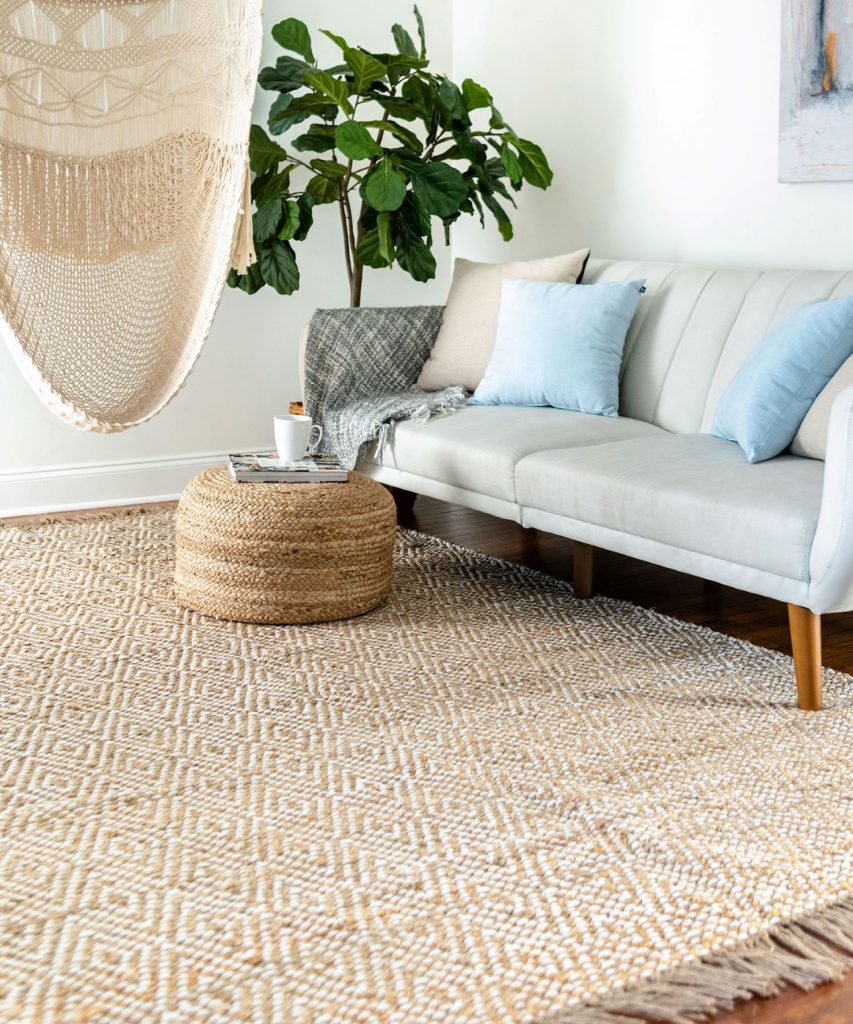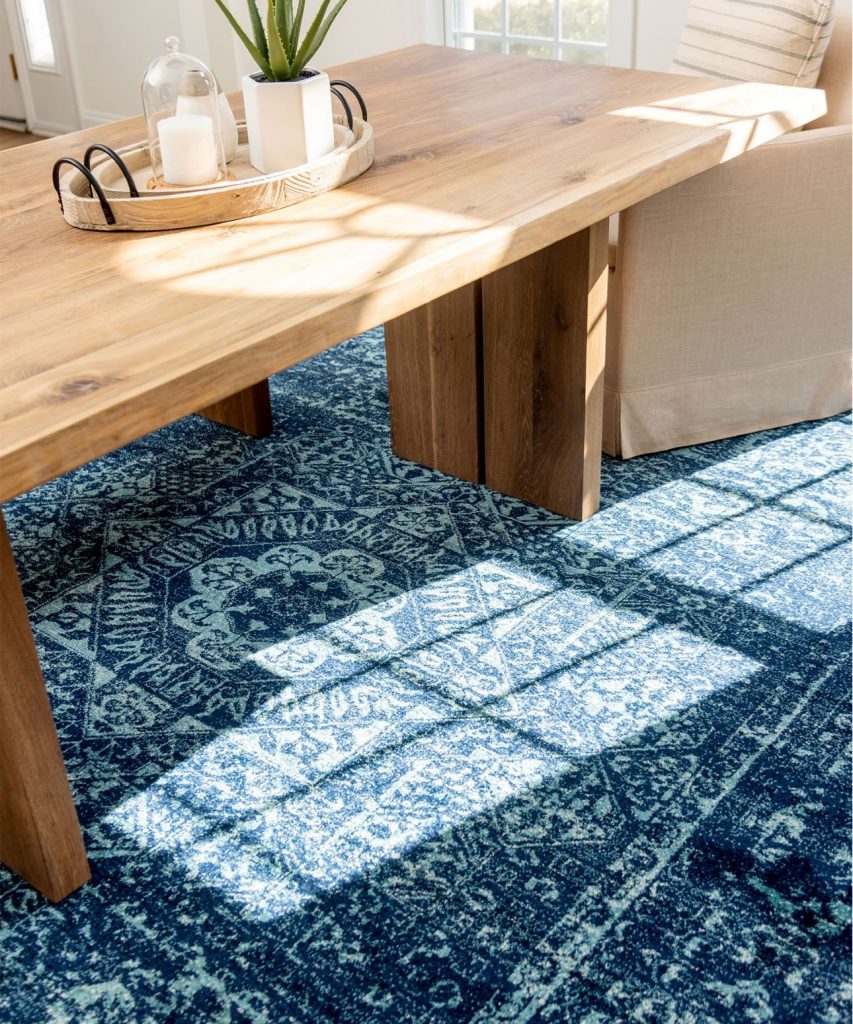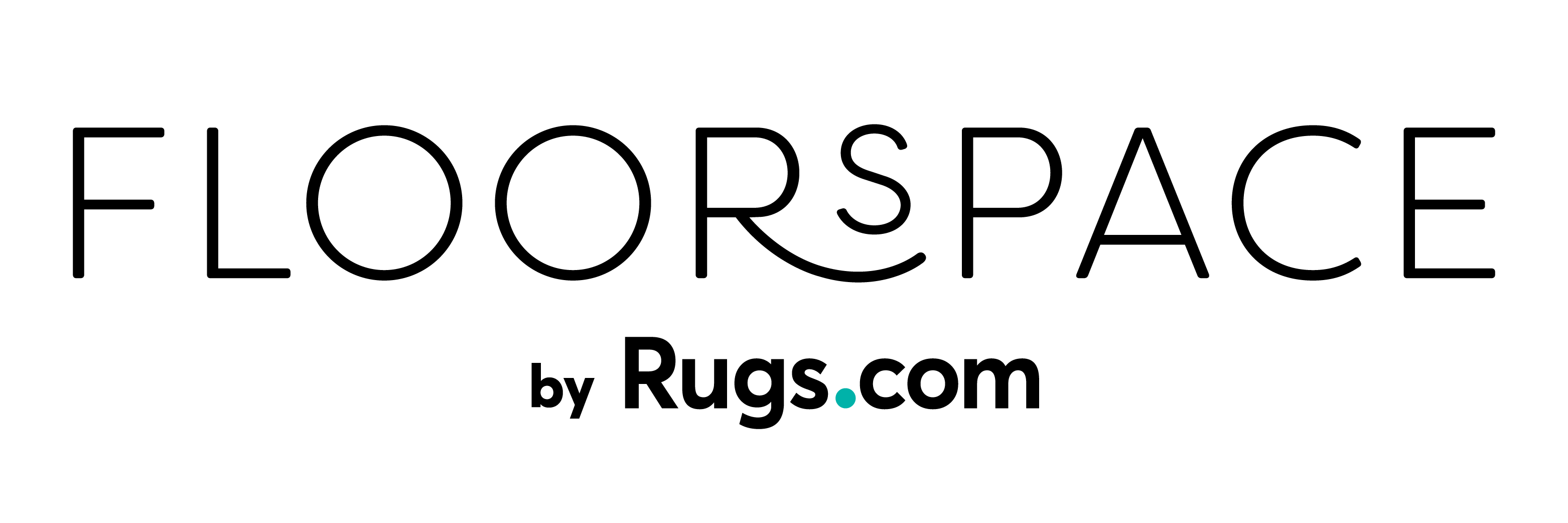Say the word “coastal” and you might already have visions of seashells and sailboats dancing in your head. However, with the rise of modern coastal design, that couldn’t be farther from the truth!
These days, coastal design is less about kitschy décor like “beach this way” signs and more about taking cues from the natural environment and feelings the beach evokes. The result is a relatively minimalist and relaxed style that works just as well hundreds of miles inland as it does in beachfront property.
Scale Back the Seashells
Unlike “Nautical” styles which lean heavily on images of signal flags, boats, marine life, and other kitschy elements, modern coastal style is much more naturalistic. Instead of relying on symbols of the beach like seahorse prints, try to create the feeling of the beach with your choices of colors and materials.
That being said, you don’t have to throw out all your seashells. A small arrangement of sand dollars and driftwood on a coffee table might be exactly what you need to cement your style. Just keep these elements to a minimum and use them to accent the room rather than force them into center stage.
Let There Be Light
If there is a single defining element of modern coastal design, it is lots and lots of natural light.
This focus on light means coastal styles work best in homes with lots of large, windows, glass doors and skylights. Window treatments are kept to a minimum or utilize sheer fabrics that filter the light rather than limit it.

It’s also a good idea to keep colors light. Crisp, clean whites will do the most to reflect all the natural light you are letting in and keep the space feeling airy and open. Accent colors should favor warm neutral colors that add a visual depth or naturalistic light blues and greens.
The powerful combination of bright colors and copious natural light creates the same relaxed, breezy feeling you get from the perfect day at the beach, no matter what the weather looks like outside.
Act Natural
After natural light, the second most defining feature of coastal design is its use of natural materials.
This feature is most borne out through furniture. Rattan, wicker, and weathered wood are all popular materials. Fabrics tend to be soft, light, and either solid-colored or only employ simple patterns like stripes. Slipcovers are essential.
The idea here is to bring the outside indoors. The combination of natural materials and soft fabrics create a relaxed, casual atmosphere reminiscent of rolling dunes and gentle breezes.
Choosing a Coastal Style Rug
The rules for coastal style furniture apply to coastal style rugs as well: focus on natural materials, crisp whites, warm neutrals, and cool blues or greens inspired by the sea.

The “classic” coastal style rug will be either a braided or flatweave rug made from natural fibers like jute or sisal. The rough texture and slightly asymmetric look of these rugs are perfect for the relaxed, casual atmosphere of coastal design—and they look great contrasting against soft, slip-covered armchairs. You can get a similar look with a bit more color with a braided chindi cotton rug.

If you’d rather go with a pile rug, your options open up a bit. While you’ll still want to stick to the beach-inspired whites, beiges, and blues that define coastal style, you can get a little more creative with patterns. Distressed traditional designs work especially well in Mediterranean-inspired spaces. Abstract, wave-like patterns are perfect for more contemporary looks.
Coastal Style Rugs for Any Space
Ready to try the coastal style for yourself? Get started with a great coastal style rug from Rugs.com. With thousands of rugs in hundreds of styles, we have a wealth of options to browse and choose from.
Keep an eye out for future installments of our “style series” where we’ll walk you through more popular design styles and how to find the best rugs to fit that setting.

